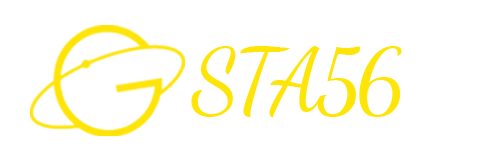Weight Calculation Method for Air and Sea Transportation
A. Air Shipment (China - Malaysia):
1. If actual weight is equal to or less than volume weight:
1) Actual weight: Difference of product weight & volume weight within range 1-20kg, billing weight = Actual Weight.
2)Average weight: Difference of product weight & volume weight more than 20kg, billing weight = (Actual Weight + Volume Weight ) /2 .
Example1 : Actual weight = 10kg, Volume weight = 19kg; billing weight = 10kg (Actual Weight Method)
Example2 : Actual weight = 10kg, Volume weight = 36kg; difference of weight = 26kg (>20kg --> Average Weight Method), Therefore, billing weight = (10 + 36)/2 = 23kg
2. If actual weight is higher than volume weight, billing weight will be based on actual weight.
Example3 : Actual weight = 27kg, Volume weight = 5kg; billing weight = 27kg.
B. Sea Shipment:
1. The minimum consumption of sea transportation is 3kg, and the minimum unit of charge is 3kg (i.e. if it is 2.8kg, the charge is 3kg); which is the larger of the volume weight or the actual weight.
2. The minimum consumption of sea transportation is 0.3 cubic meters, and the minimum unit of charge is 0.1 cubic meters (i.e., if 0.325 cubic meters, the charge is 0.4 cubic meters). If 1m3 exceeds 400kg, the overweight charging method will be used.
C. Land Shipment:
Chargeable volume = volume or overweight's volume whichever is higher.
Overweight billing
method will be used if 1m3 exceeds 400KG.





